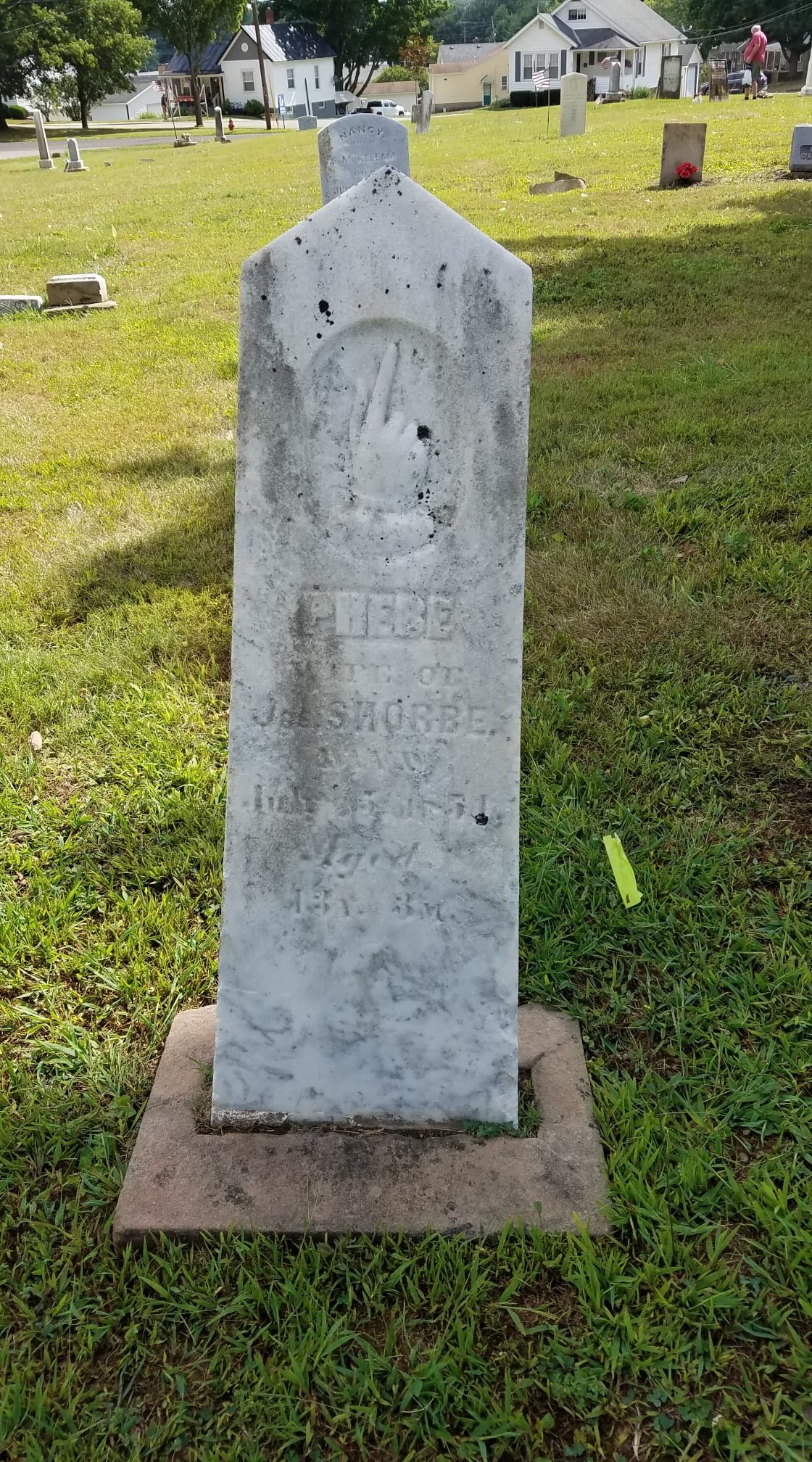Stone Identification
The following are the most common stone types found in American Graveyards, based on the order they were predominately used.
Slate: 1650-1900 - Metamorphosis Shale
The earliest stone used extensively in American gravestones. The Boston, MA area was the hub of American gravestone carving activity, from approximately 1660 – 1800. Luckily there was a supply of very high quality slate to carve into stones. Many still survive and are most often a gray color.
They tend to be thinner then marble, but are mostly unaffected by the acid rain. There inscriptions tend to be shallow, but are often very readable. Nearly all of the oldest gravestones in Old Kings Chapel and the Granary, both in Boston, are composed of slate.
Sandstone (Brownstone): 1650- 1890 – A sedimentary rock / Compressed Sand, etc
The most commonly used stone throughout the Connecticut River valley. The largest group of Brownstone quarries in America was in the East Middletown CT. area, now Portland, CT. There is today one active Brownstone quarry in America, which has recently resumed it operation in Portland. Brownstone was transported via railroads, during the later part of the 1800’s, throughout the Eastern United States and beyond.
Brownstone is a type on sandstone which ranges in color form a dark blond, to varying shades of brown. It tends to delaminate, or separate along its bedding planes. It can deteriorate quickly, turning back into the sand from which it was formed.
Marble or Limestone: 1780-1930 - A Sedimentary rock / Compressed Shells, etc
The stone of choice in antiquity. Most desired in its purest white form.
Marble was white with a satin finish, when first installed in graveyards; Limestone was usually darker and tended towards gray. They are both composed from calcium carbonate, therefore are adversely affected by acid rain.
Once weathered, they may be hard to read. They are likely to be stained and darker in color then when new. The surface is likely to be pitted to some degree. Marble was most common throughout the 1800’s, but was also used in the late 1700’s, in the early 1900’s to some extant.
Granite: 1860- Current Day - Igneous rock- Liquid Rock, cooled under ground
By far, the most durable of all natural rocks. One of the strongest and most long lasting materials which exist in nature, hence the largest quarries name, “ Rock of Ages”.
Most commonly found in a gray color. Many other regions also produced distinctly colored granites which were more common, closest to there source. Westerly RI produced a large amount of high quality granite which is tanner in color. Another popular granite was Quincy, which was used throughout the Boston area.
Today, granite is used throughout the world in Cemeteries and building facades. It is considered the stone of choice due to exceptional strength and permanence. Many modern cemeteries allow only granite headstones and markers to be installed. Through extensive world trade, granite is now available in a wide range of colors.
Key Words
Brownstone
Granite
Historical
Limestone
Marble
Sandstone
Slate
Stone Identification




